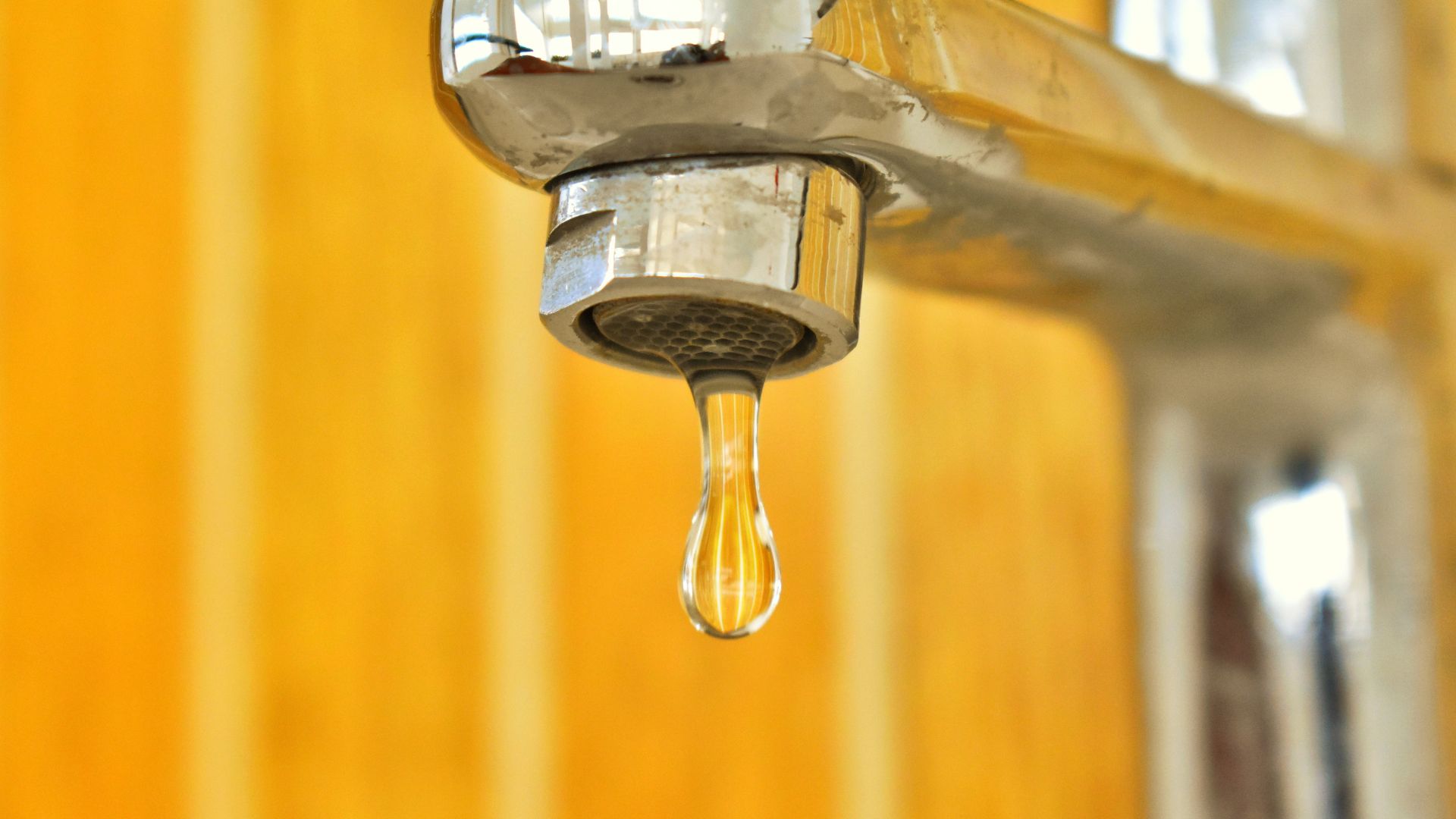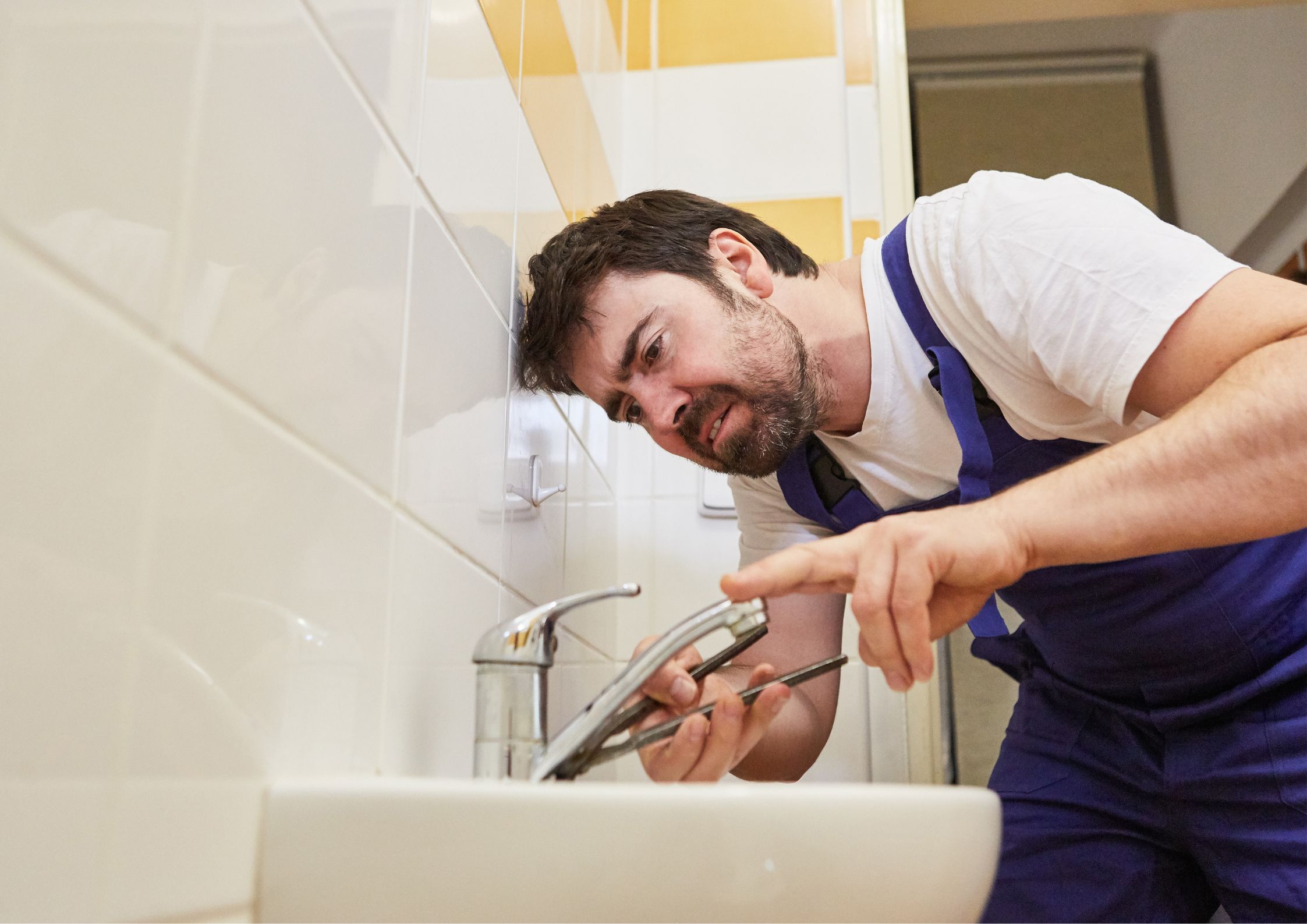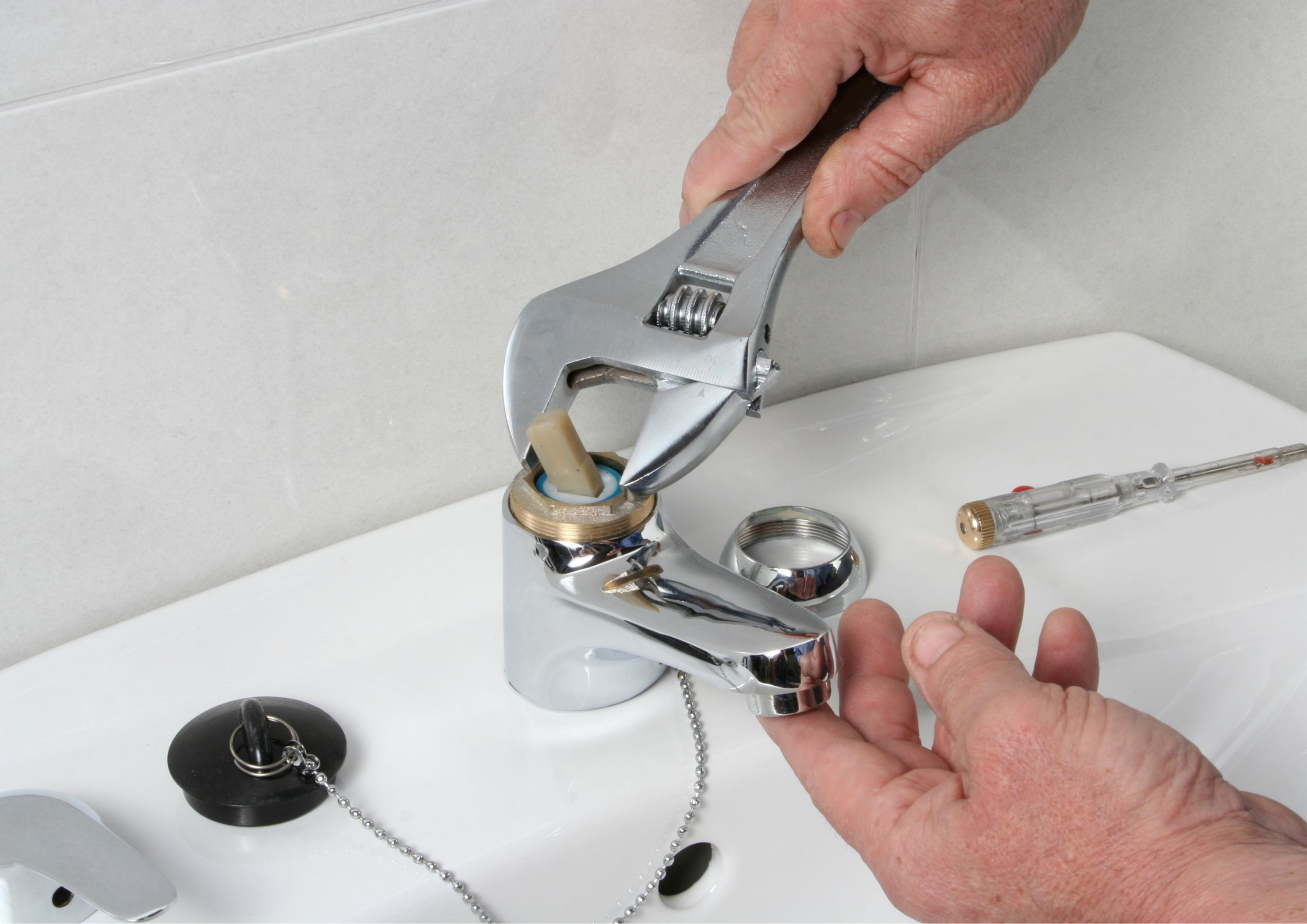When you think about plumbing fixtures in your home, your faucets probably don’t get much attention—until they start dripping, leaking, or looking outdated. Many homeowners wonder: how long do faucets last?
The short answer is that most faucets are designed to last 15 to 20 years. However, several factors—such as usage, water quality, and maintenance—can shorten that lifespan. In some cases, it makes more sense to replace your faucet earlier rather than pouring money into constant repairs.
In this guide, we’ll break down how long faucets typically last, the signs that it’s time for a replacement, and what you can do to extend the life of your fixtures.
Average Lifespan of a Faucet
Most standard faucets—whether in the kitchen, bathroom, or utility area—are built to function reliably for a decade and a half or more. High-quality brands and premium finishes may stretch closer to 20 years, while cheaper models may start to show problems within just 5 to 10 years.
Factors That Influence Faucet Longevity:
- Brand and Material Quality – Solid brass or stainless steel faucets generally last longer than plastic or zinc-alloy models.
- Water Quality – Hard water with high mineral content accelerates buildup and wear.
- Frequency of Use – A kitchen faucet used dozens of times a day will wear out faster than a guest bathroom faucet used occasionally.
- Maintenance Habits – Regular cleaning and early repair of minor leaks help prevent bigger issues.
Why Faucets Fail Before Their Time
Even though faucets can technically last 15 to 20 years, most homeowners replace them earlier. That’s because various problems appear long before the faucet reaches its maximum lifespan.
Common Reasons Faucets Wear Out:
- Mineral Deposits: Hard water leaves calcium and lime deposits that clog aerators and reduce water flow.
- Corrosion: Metal parts inside the faucet can corrode, leading to leaks or poor performance.
- Worn-Out Cartridges and Washers: Moving parts inside faucets eventually fail, causing persistent drips.
- Rust and Stains: Cosmetic issues can make faucets look old and dirty, even if they still function.
- Loose Handles or Levers: Over time, the repeated turning or pulling wears out components.
👉 For a deeper dive into these issues, check out our content loop: Why Faucet Replacement Becomes Necessary: Signs, Causes, and Solutions.
Signs It’s Time to Replace Your Faucet
How do you know when a faucet is reaching the end of its life? Watch out for these red flags:
- Persistent Leaks – If repairs don’t solve the problem, the internal components may be too worn out.
- Rust or Corrosion – Visible rust around the spout or base indicates deeper issues.
- Low Water Pressure – Often caused by buildup inside the faucet that’s difficult to clean.
- Difficulty Operating – Stiff handles or loose movements can mean the mechanism is failing.
- Outdated Appearance – Sometimes, replacement isn’t about function—it’s about style and modern convenience.
Repair vs. Replacement: What’s the Smarter Choice?
If your faucet is still relatively new and the problem is minor (like a simple washer replacement), a repair may be all that’s needed. But if your faucet is over 10 years old and showing multiple issues, a replacement is usually the better investment.
Why Replacement Often Wins:
- Saves money on repeated repairs.
- Improves water efficiency.
- Upgrades the look of your kitchen or bathroom.
- Provides modern features like pull-down sprayers or touchless technology.
Need help deciding? Our faucet replacement services are designed to make the process quick and stress-free.
How to Extend the Life of Your Faucet
Even though faucets eventually wear out, you can take steps to maximize their lifespan.
- Clean Aerators Regularly: Unscrew and rinse them to remove mineral buildup.
- Avoid Harsh Cleaners: Stick with mild soap and water instead of abrasive chemicals.
- Check for Leaks Early: Fixing a small drip quickly prevents bigger damage later.
- Install a Water Softener: If you have hard water, this can reduce scale buildup inside faucets.
- Use Gently: Avoid forcing handles or turning them too tightly.
When to Call a Professional
If you’re dealing with recurring faucet problems, a plumbing professional can help you determine whether repair or replacement is the right move. Skilled plumbers can also recommend faucets best suited to your home’s water quality and usage needs.
If you’re ready to take the next step, reach out through our contact page. A professional opinion can save you from unnecessary expenses and ongoing frustration.
Final Thoughts: How Long Do Faucets Really Last?
While faucets are designed to last 15 to 20 years, that doesn’t mean yours should stick around that long if it’s causing constant headaches. Leaks, corrosion, and worn parts are clear signs it’s time for a change.
Replacing your faucet not only solves these issues but also brings added benefits like improved efficiency and modern style.
If you’re considering an upgrade, explore our faucet replacement options or contact us today to find the right solution for your home.



